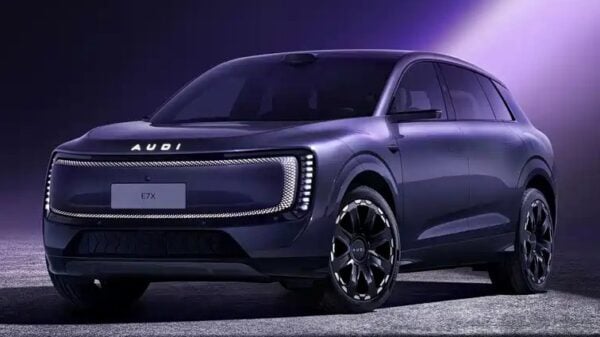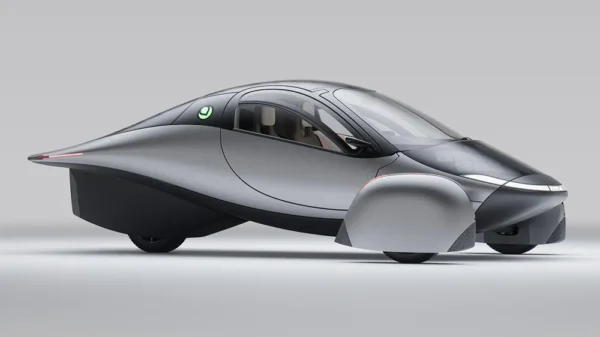When Mercedes-AMG extended an invitation to experience their latest all-electric prototype, excitement came rushing in. This wasn’t just another EV ride-along—it was a first glimpse at the production version of the much-anticipated AMG GT XX concept. With an estimated output of over 1,000 horsepower and cutting-edge tech like Bluetooth-connected wheels and axial flux motors, the C590 prototype is not just aiming to keep up with rivals like the Porsche Taycan—it’s aiming to outclass them.
But this prototype is more than a horsepower headline. It dives deep into one of the most unexpected and controversial elements of EV design: sound. And in this case, Mercedes-AMG isn’t just replicating noise—it’s creating an experience that fuses acoustic engineering with physical sensation in a way few EVs have attempted.
Can Electric Cars Sound Emotional?
The idea of sound in electric vehicles often divides enthusiasts. Some purists want silence—whispers of a futuristic age. Others miss the auditory drama that comes with internal combustion: the growl, the rumble, the visceral thrill. Automakers are increasingly choosing a middle ground. BMW, for example, teamed up with composer Hans Zimmer to deliver otherworldly sonic landscapes, while Hyundai takes a more nostalgic route by emulating traditional revs in their Ioniq lineup.
Mercedes-AMG, however, is pushing the boundary further.
Rather than piping simulated engine noise solely through speakers, the AMG C590 introduces a tactile component—resonators embedded in the seats. These don’t just play a sound; they vibrate, allowing drivers to feel every surge of power in a way that echoes the iconic V8 engines of AMG’s combustion days. As the driver accelerates, the seat builds pressure, tension rises, and when the throttle is lifted, a convincing simulated “crackle” follows—producing a driving experience that feels unusually alive for an electric vehicle.
This blend of sound and sensation is meant to mirror the character of AMG’s legendary 6.3-liter naturally aspirated V8. And it works. The system doesn’t just replicate noise—it creates emotion. Compared to Hyundai’s digitized revs or more artificial-sounding systems, AMG’s take feels intentional and immersive.
Importantly, drivers can switch the system off entirely. But it’s worth noting that keeping the sound system active does introduce a slight performance trade-off—one that performance enthusiasts might weigh against the emotional connection it delivers.
More Than Just Noise: A Strategic Shift
What’s notable here is that Mercedes-AMG isn’t using sound as a gimmick—it’s being used to reintroduce identity. In an age where EVs risk becoming indistinguishable from one another in their silence, AMG is using every tool it can—including sound—to ensure its future models still feel like an AMG.
And it’s not just about nostalgia. This experiment reflects a broader challenge facing all legacy automakers: how to keep the visceral, tactile joy of driving alive in an electric age. With the C590, Mercedes appears to be leaning into that challenge, using innovation to bridge the emotional gap left by the absence of internal combustion.
A Glimpse Into What’s Next
The C590 and future AMG EVs aren’t just chasing numbers. They’re about preserving a sense of occasion—something many fear will vanish with the EV transition. In a world where speed can feel effortless and muted, Mercedes is building an EV that communicates with the driver again.
Whether or not synthetic sounds are your thing, it’s clear that the question is no longer if EVs can be engaging, but how they can carve out their own distinct identity. Mercedes-AMG’s answer? Let the car speak—even if it’s not with pistons and pipes.
What do you think: Should electric cars mimic the roar of the past or chart a silent course toward the future? Let us know in the comments—this debate is just getting started.
Image Source: Unsplash





































